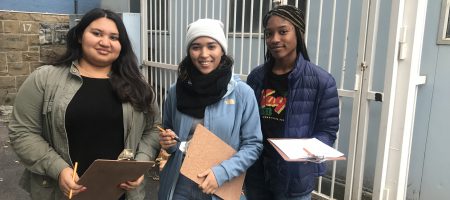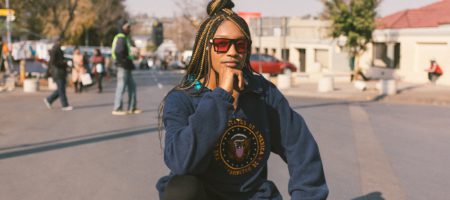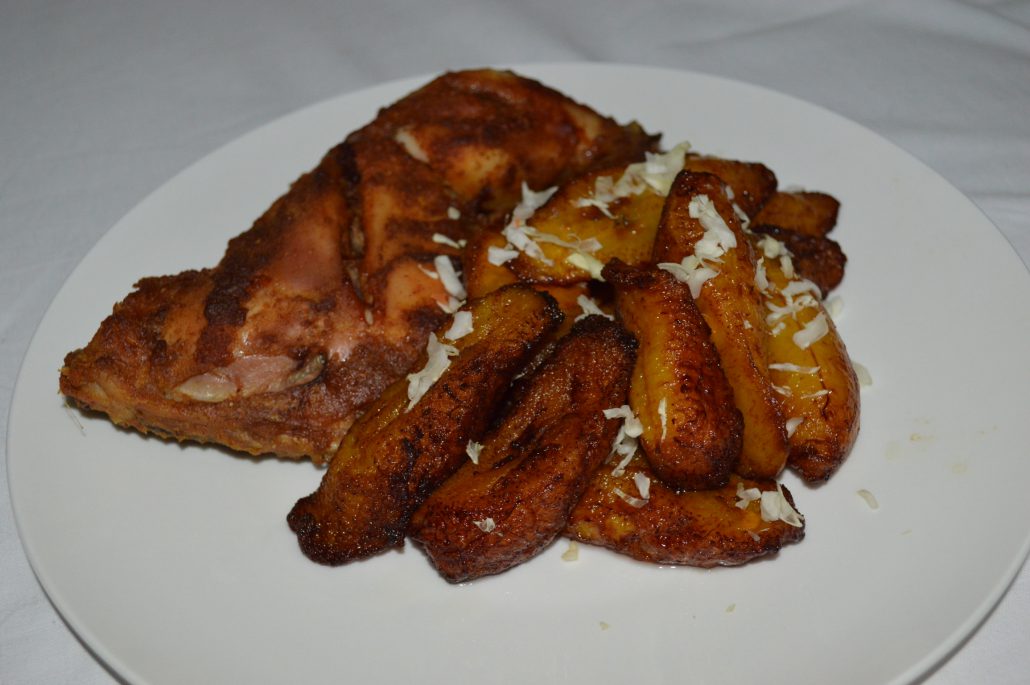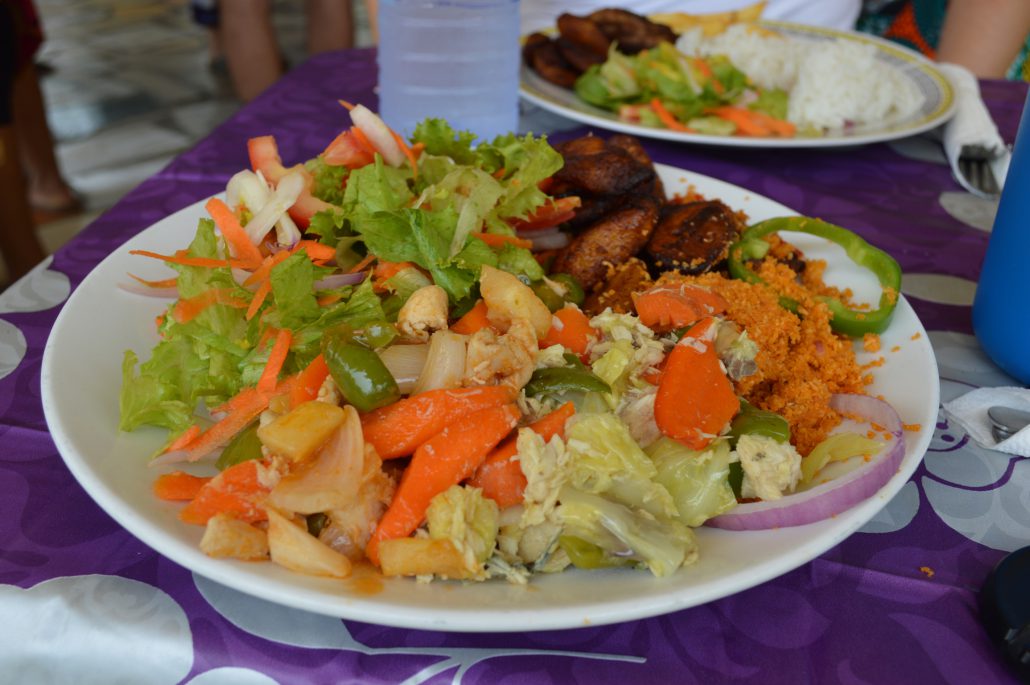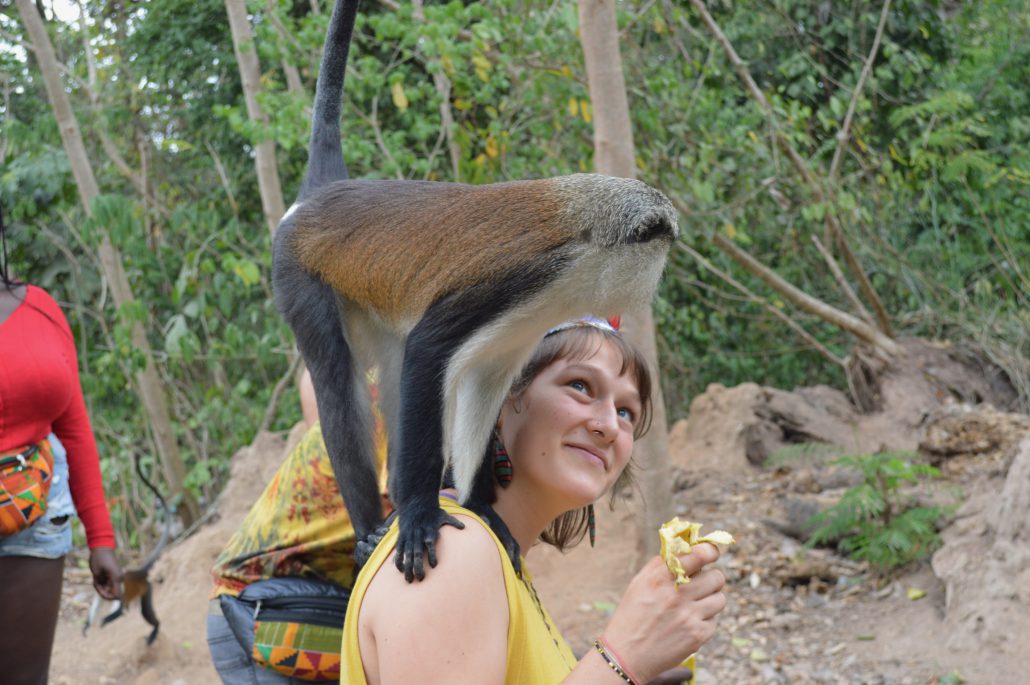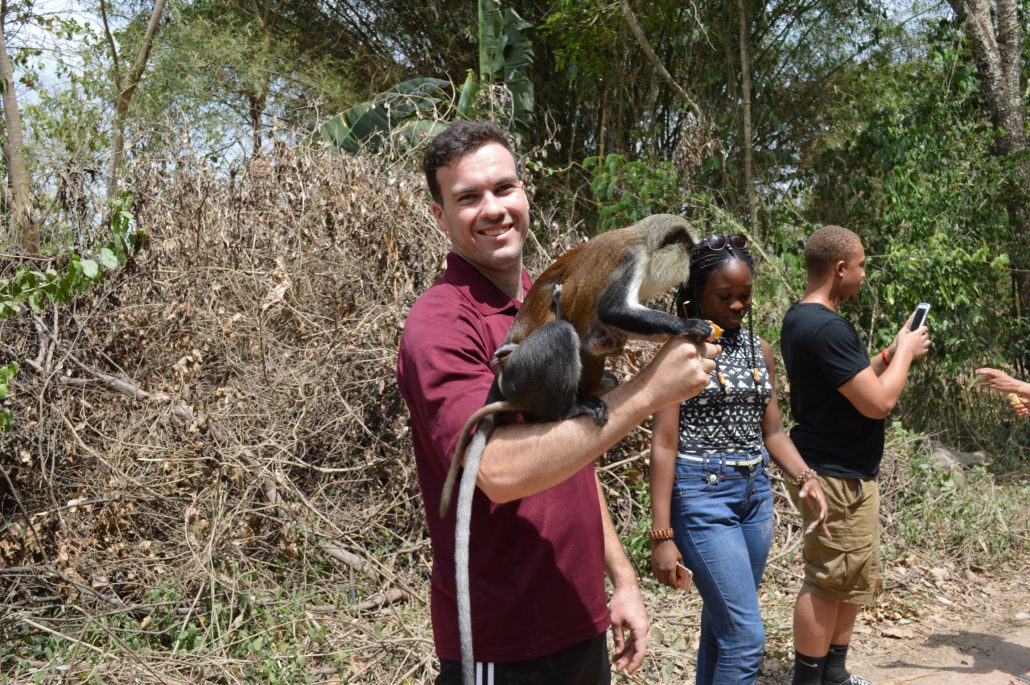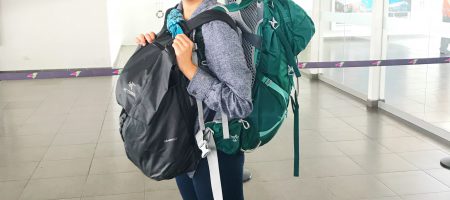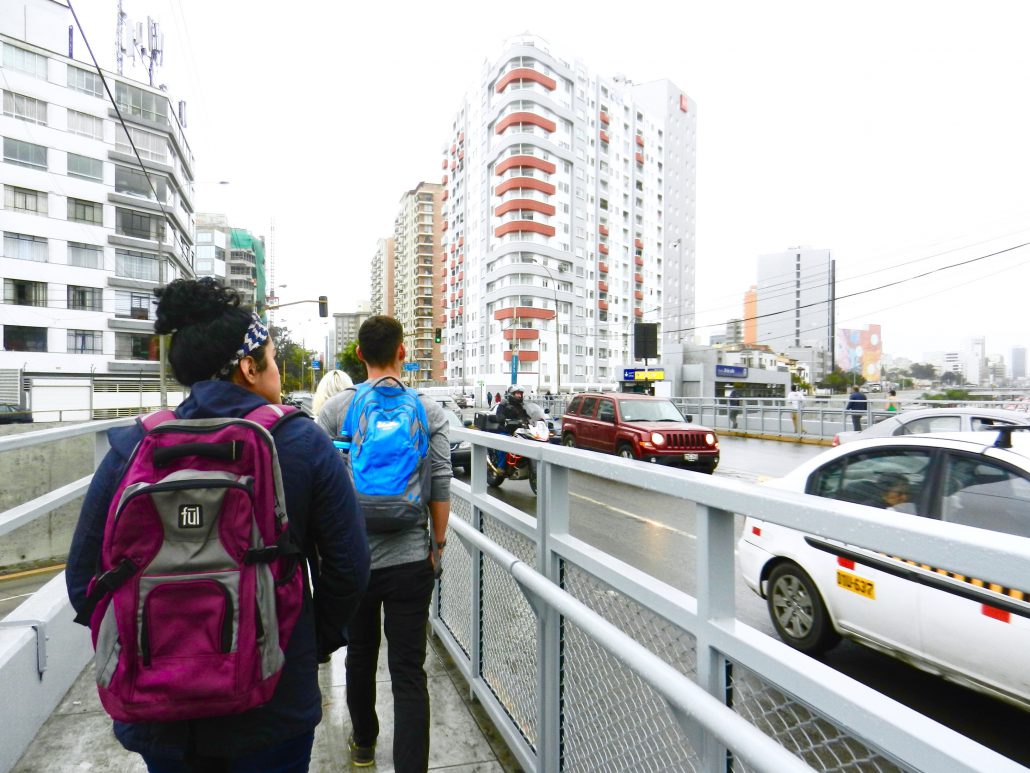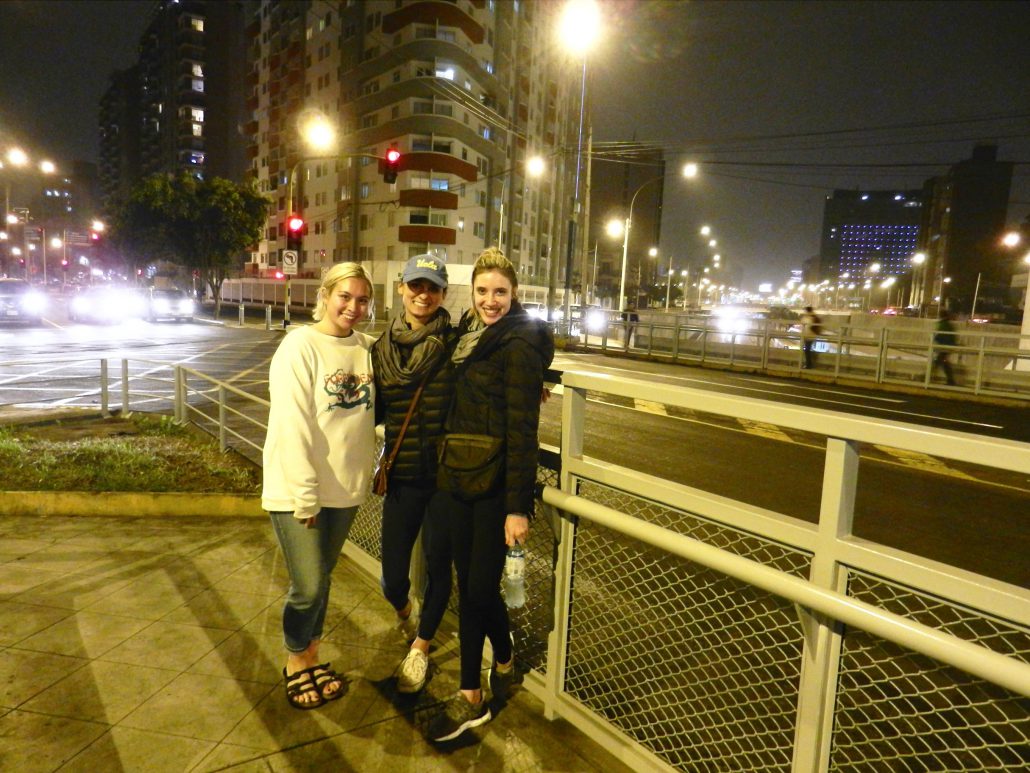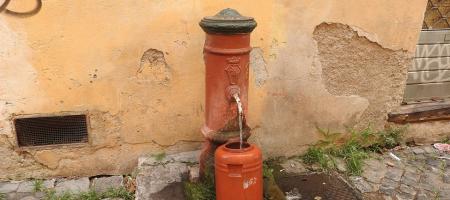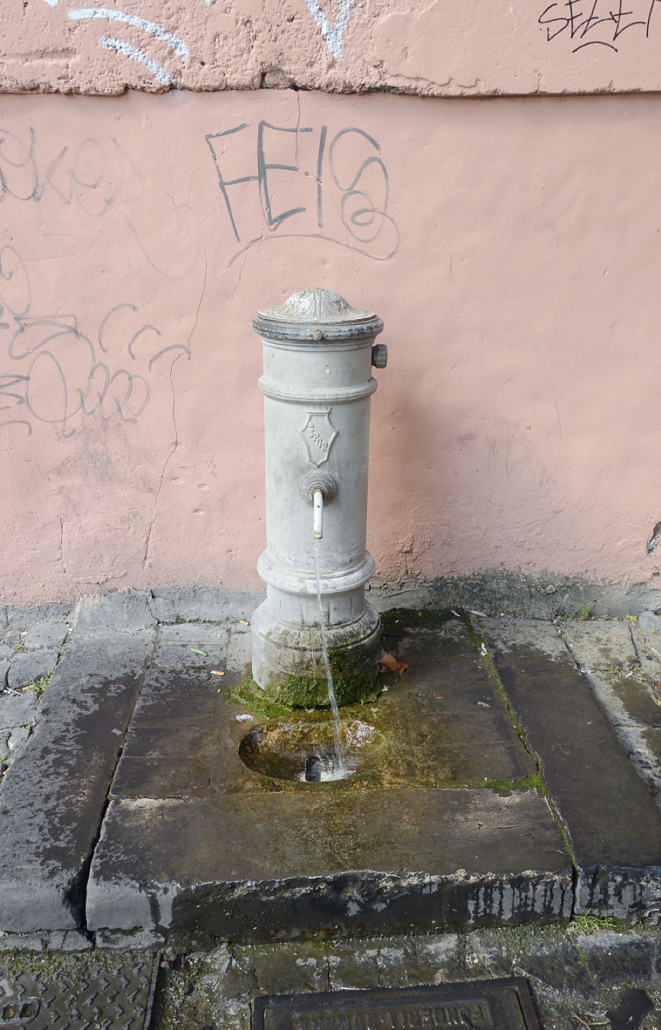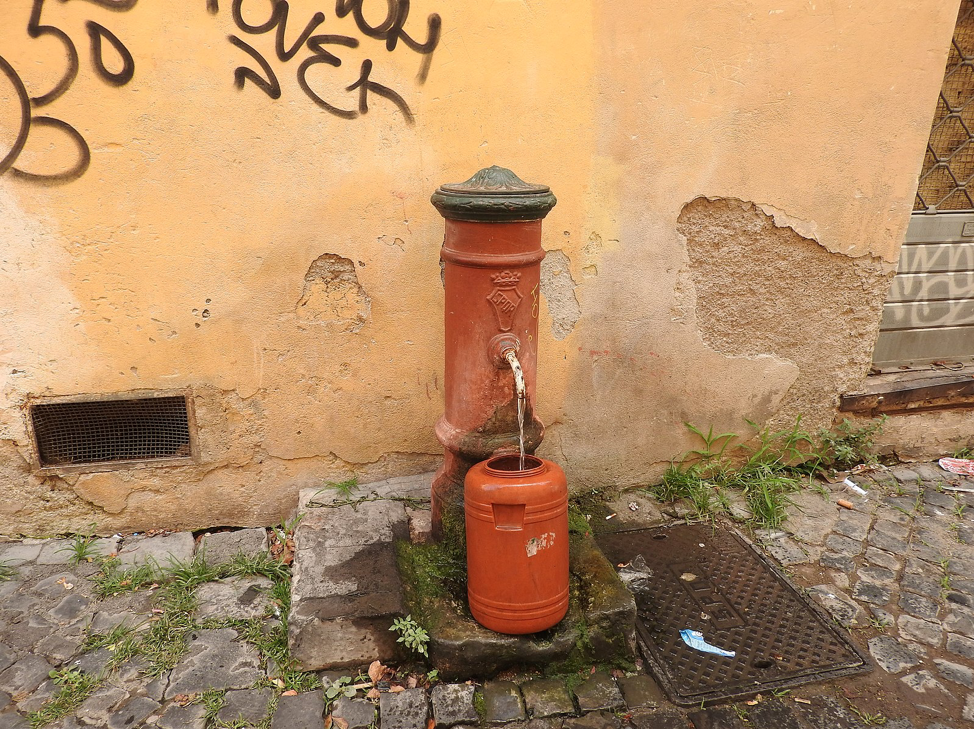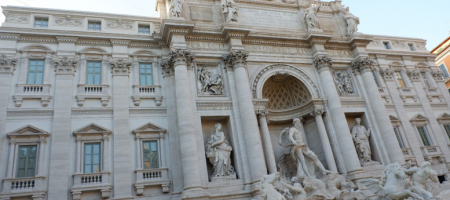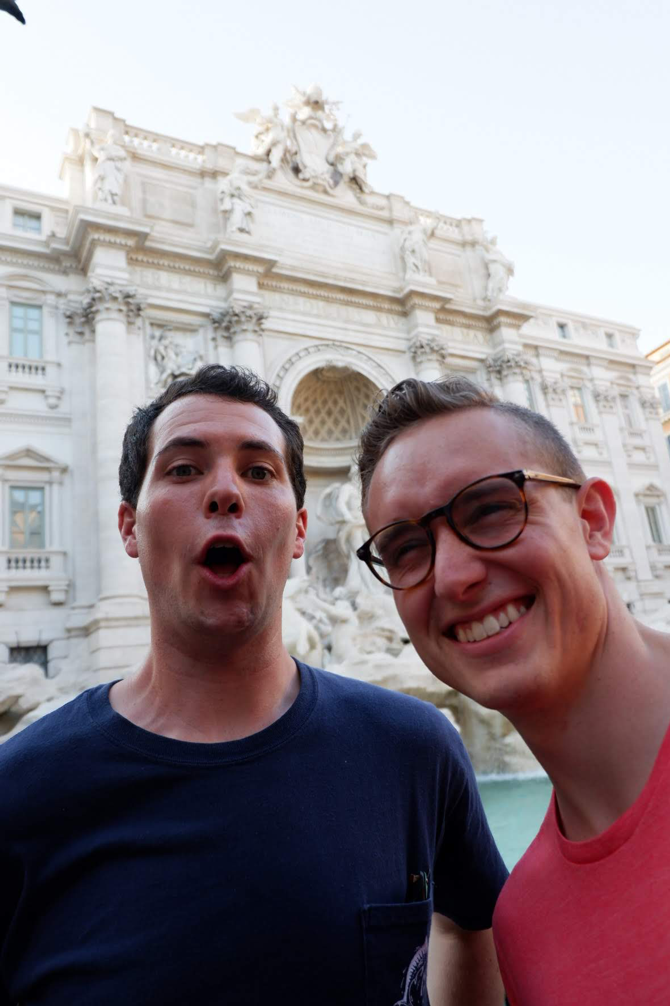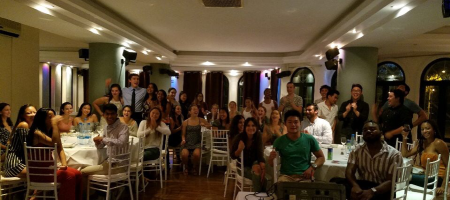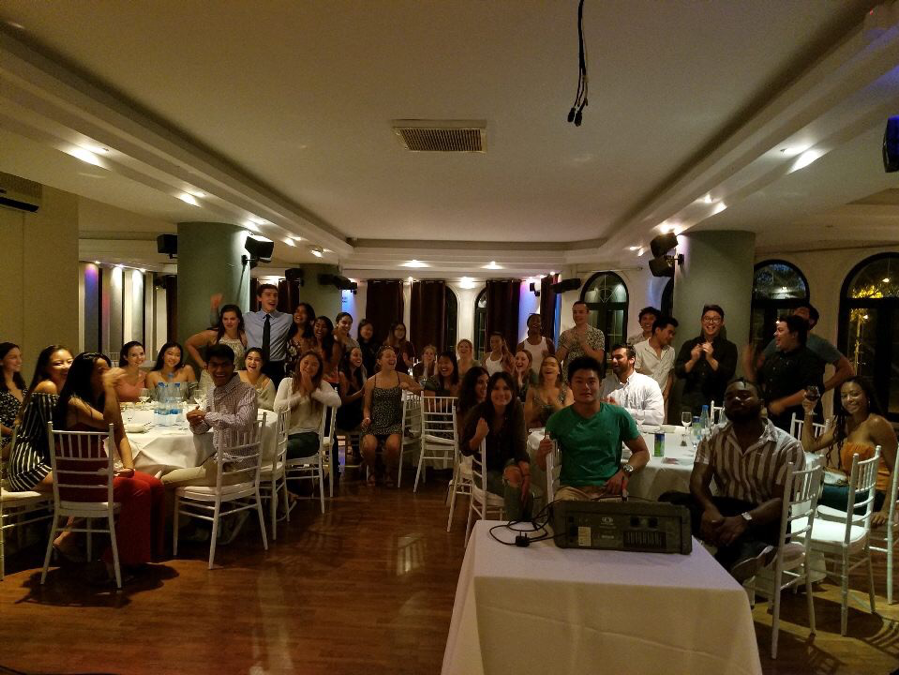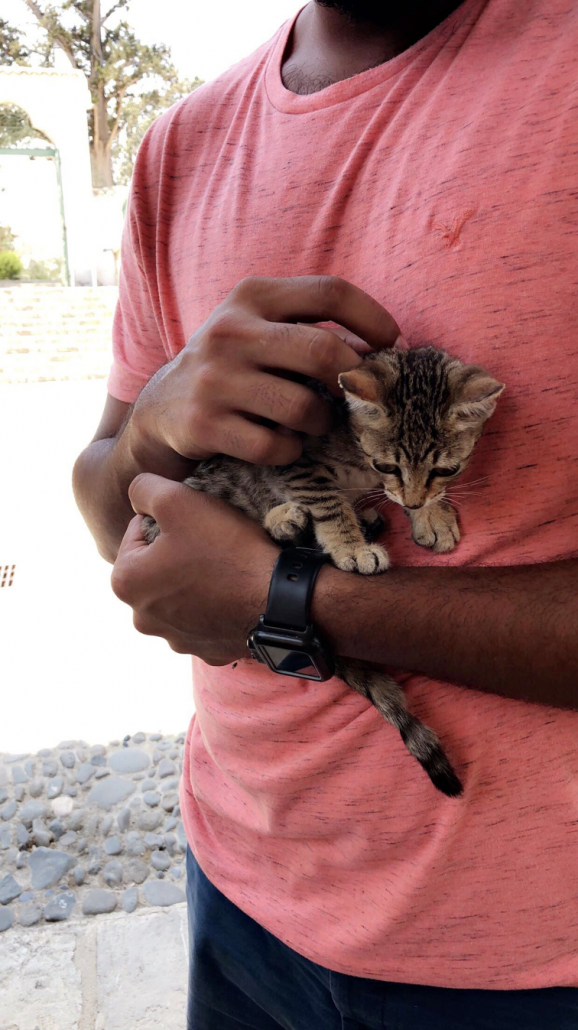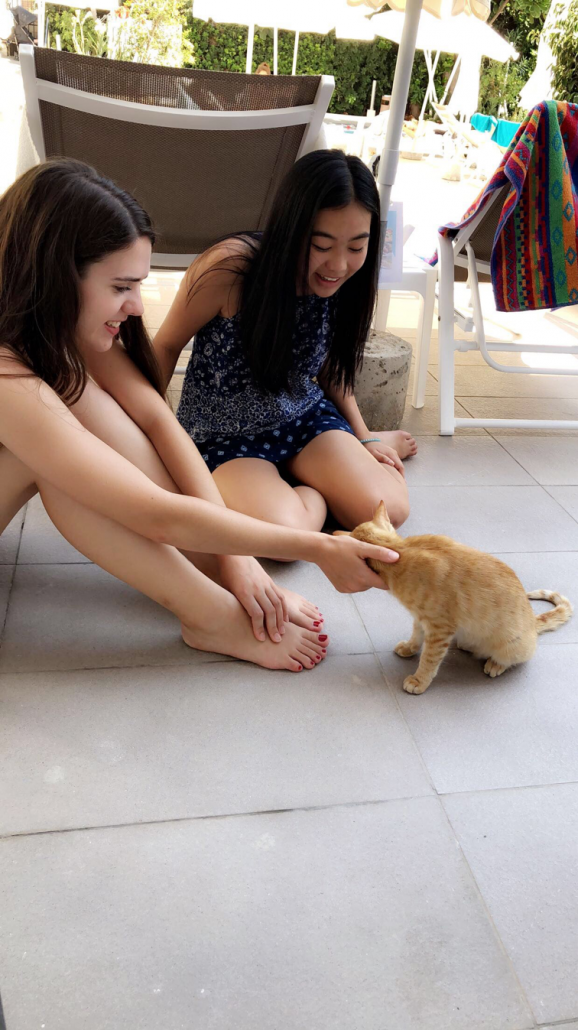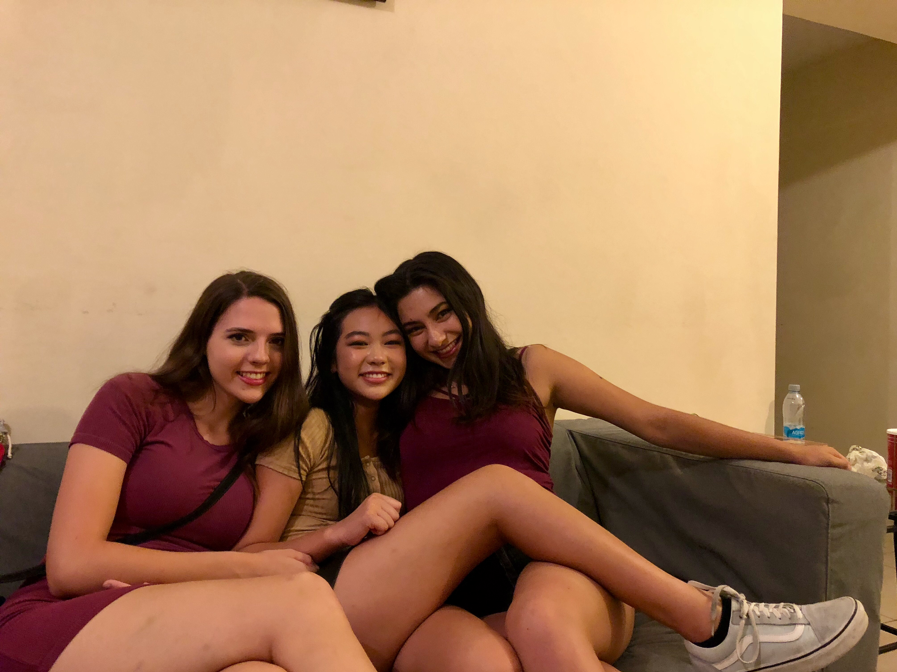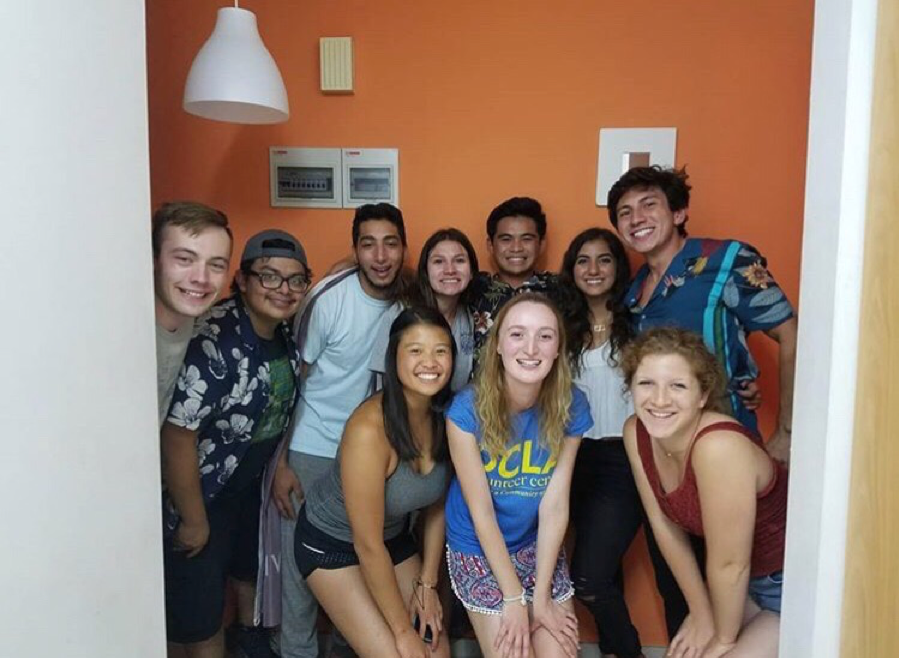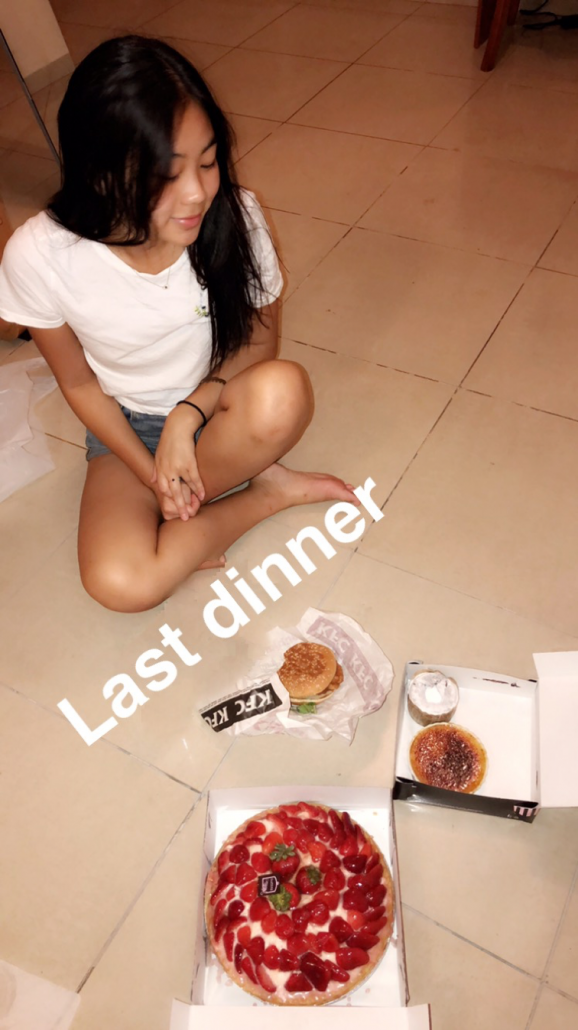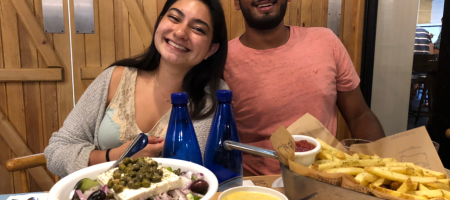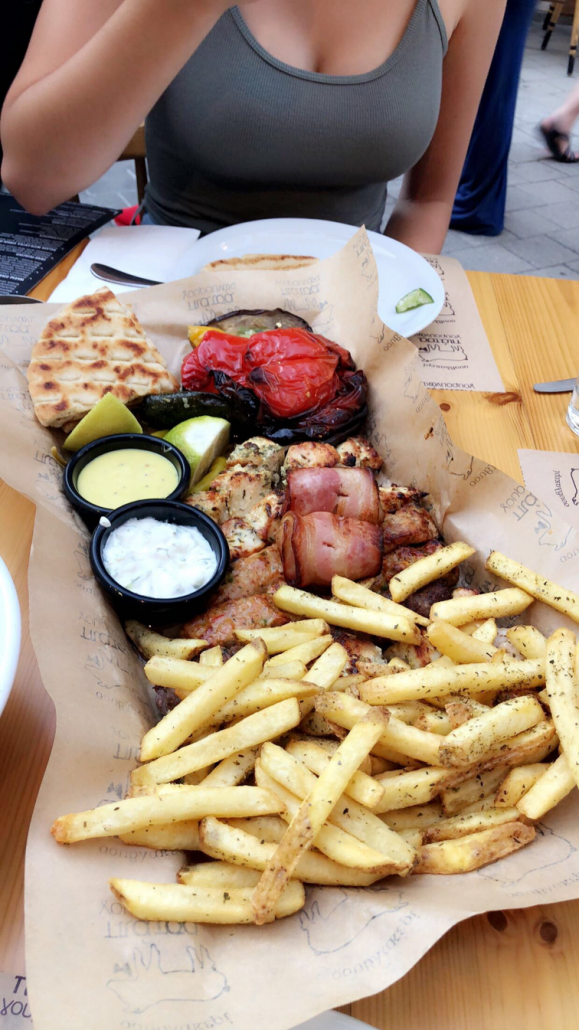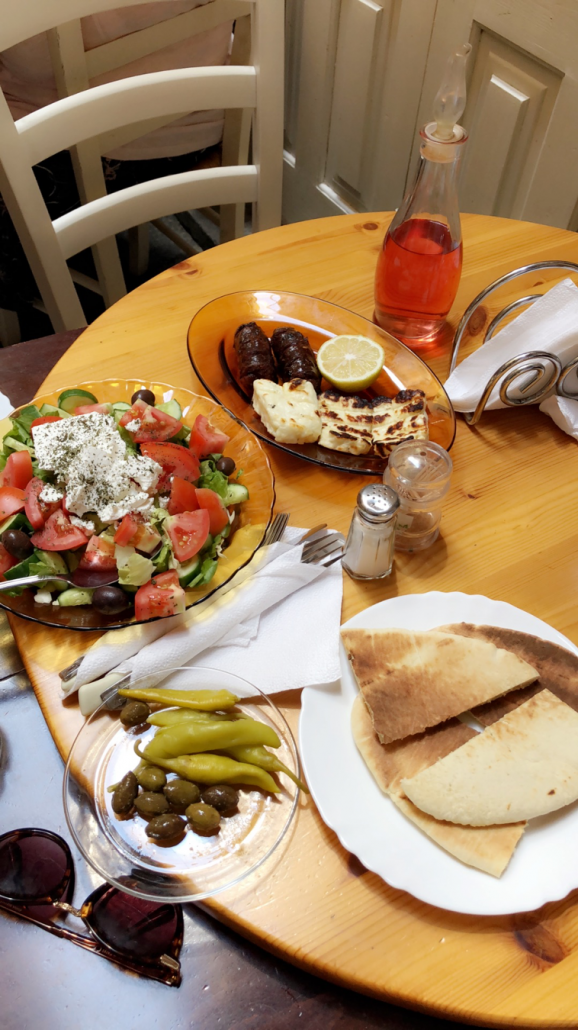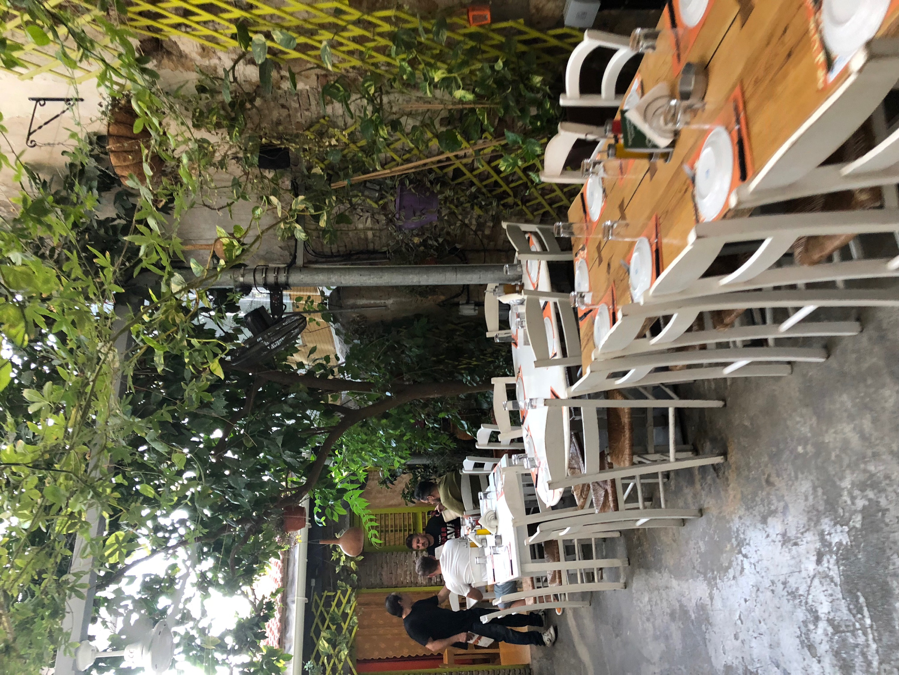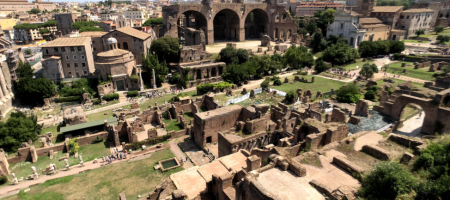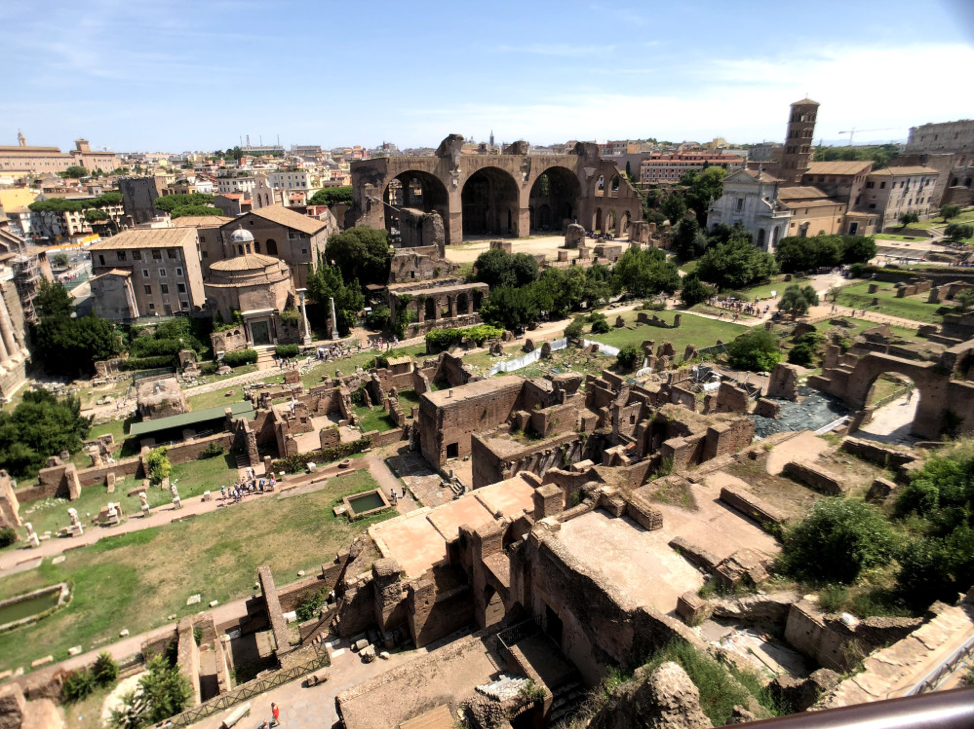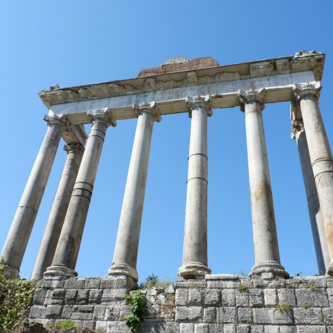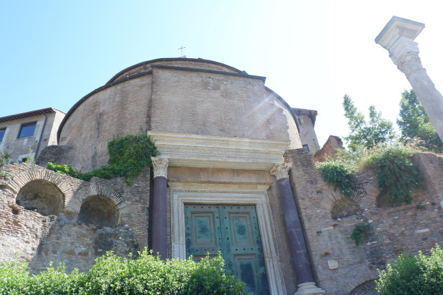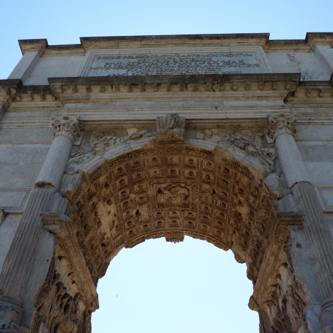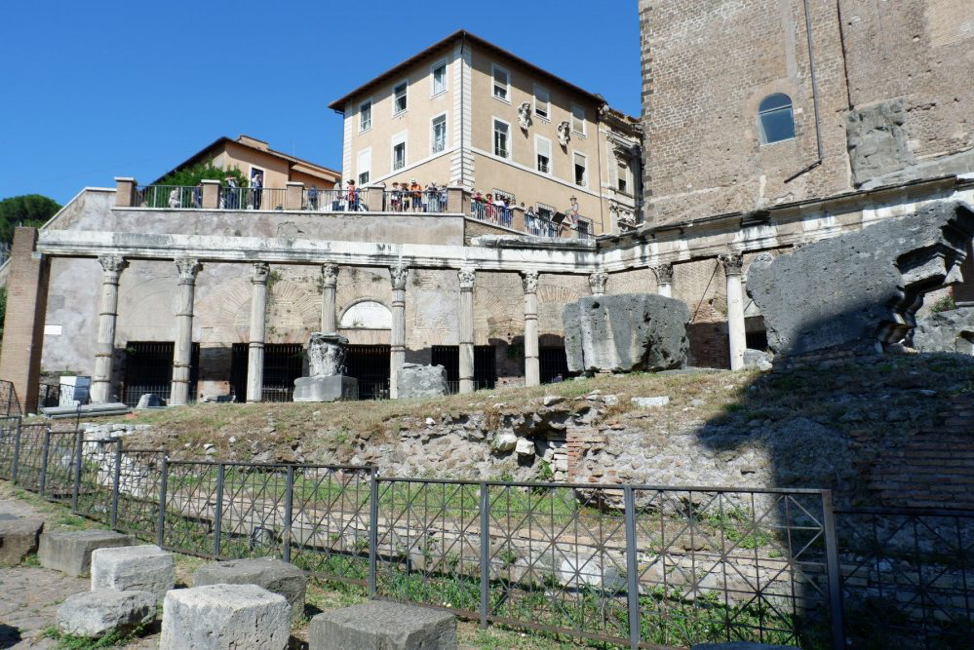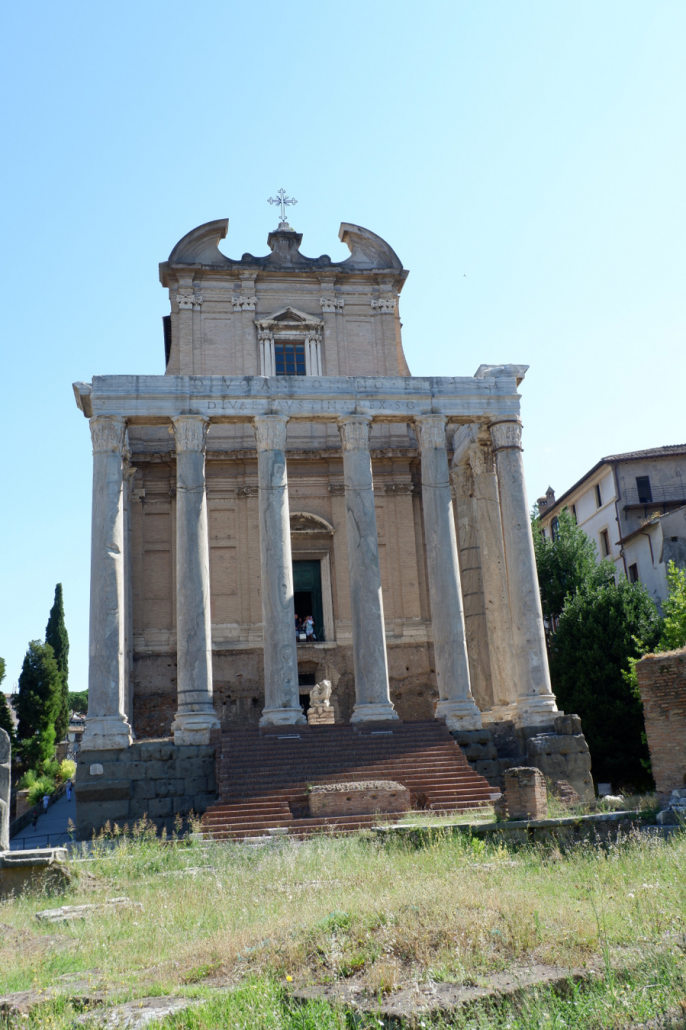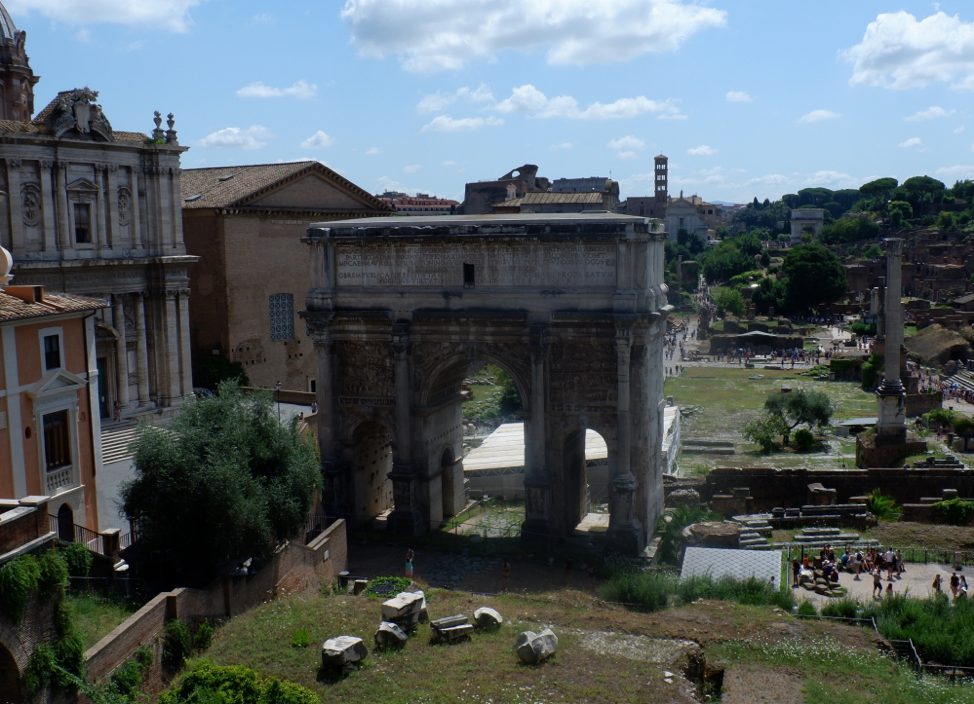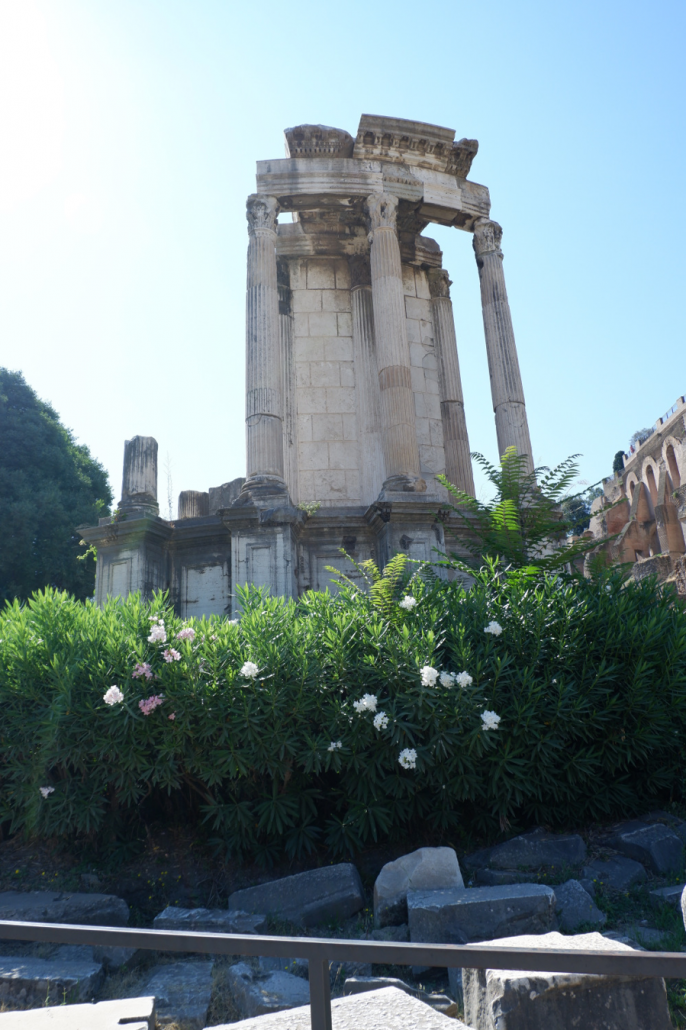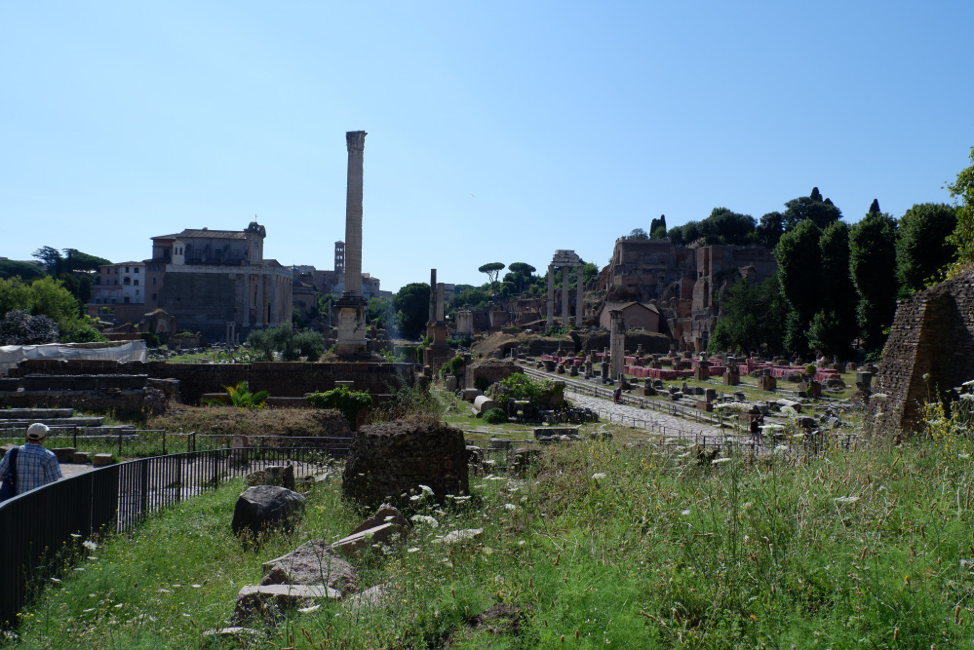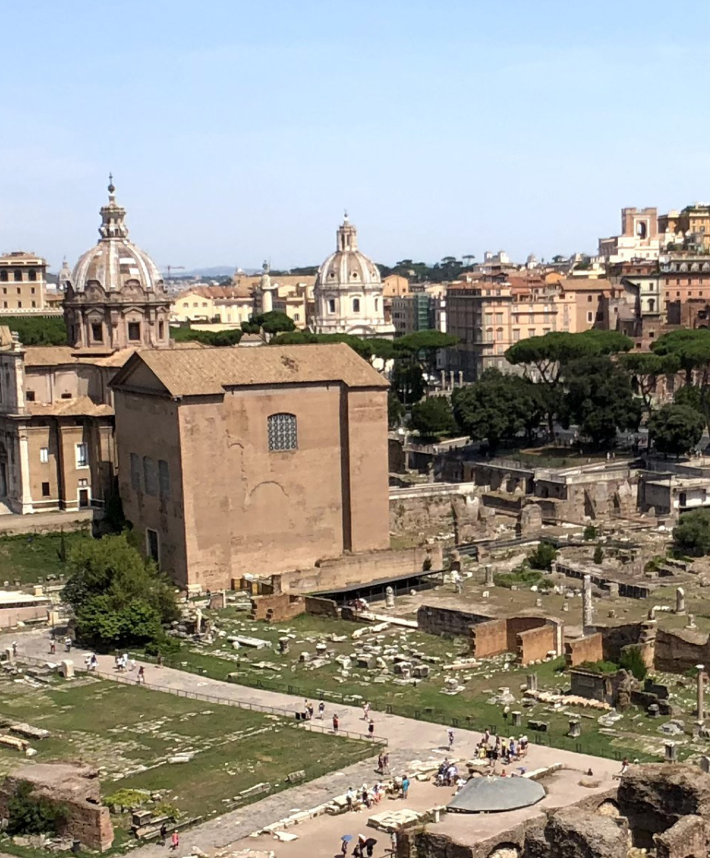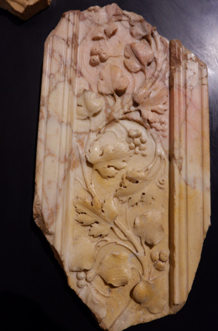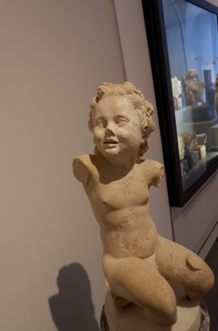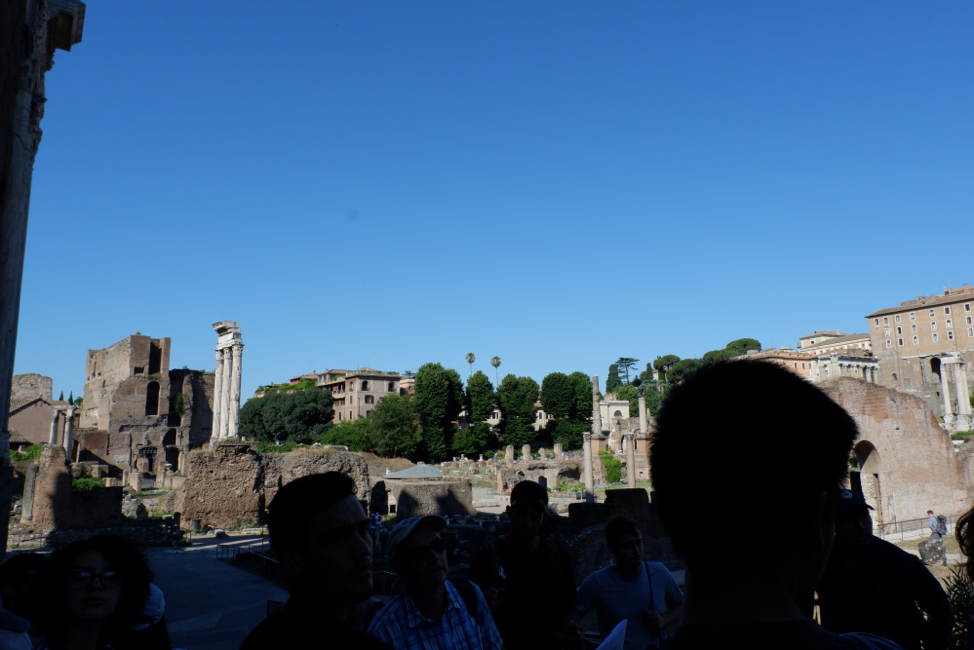South Africa | Interning at TCS Health Clinic
BY KELLI HAMILTON
A few weeks before heading to Cape Town, I learned about a health clinic being run in Cape Town at a location called The Carpenter’s Shop (TCS). A previous UCLA student had visited the shop a few times when he studied abroad in Cape Town, and was awarded a grant to set up a clinic that tested locals for STD/STIs in Cape Town, given the high rate of said diseases in the area. Knowing this, I decided to apply for an internship at TCS.
Luckily enough, I got the internship, along with three other UC students. Within a few weeks of arriving in Cape Town, we met the head of TCS, Ian. We were given a 12 week plan with different goals each week, ranging from literature research on STDs to conducting a health clinic in the last week. Since this was also Ian’s first time doing this program, we were all in the same boat and often collaborated on our assignments. We went to TCS once a week and met on Fridays near our residence to discuss our findings.
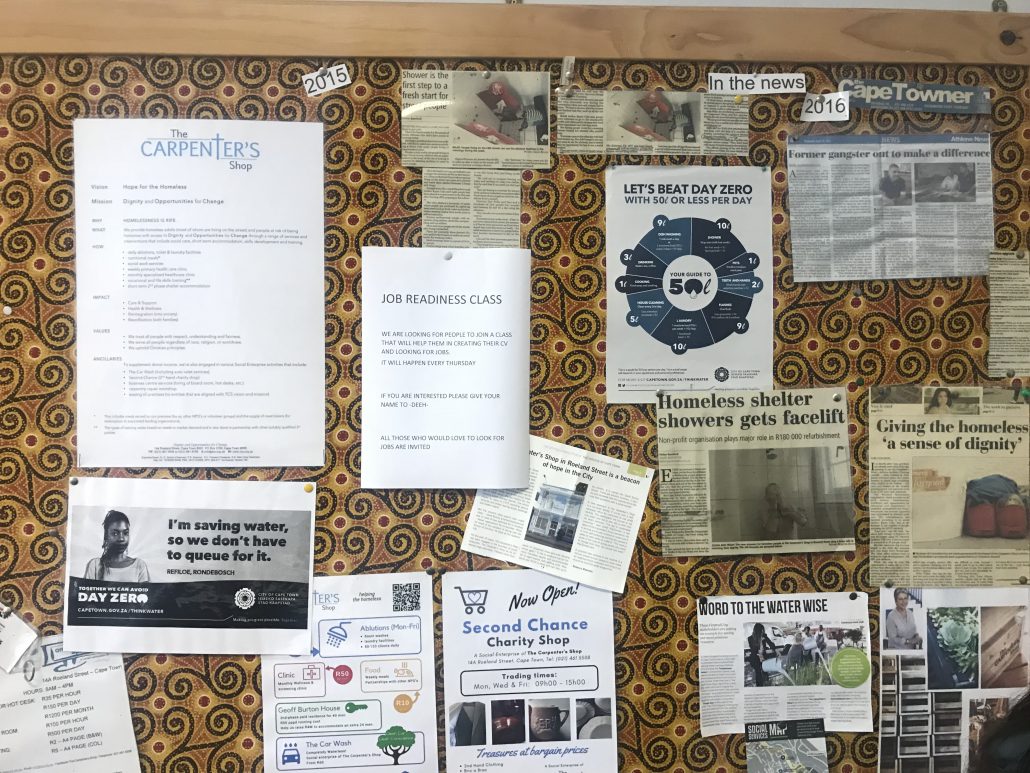
At TCS, they provide a range of services to homeless people. They house multiple residents of the city of Cape Town, provide people with access to showers, toilets, and sinks, and serve them food at different points during the week. Some Swedish girls also handed out porridge to the homeless population during the week and that fostered a sense of camaraderie amongst us internationals, which was nice. Our clinic, however, was different to the aforementioned projects. Starting in September, we went to TCS and started surveying the homeless population, inquiring about their sexual health and determining who needed testing. After doing this for a month, we compiled the results and handed out appointment cards to those we felt needed further testing and possible treatment.
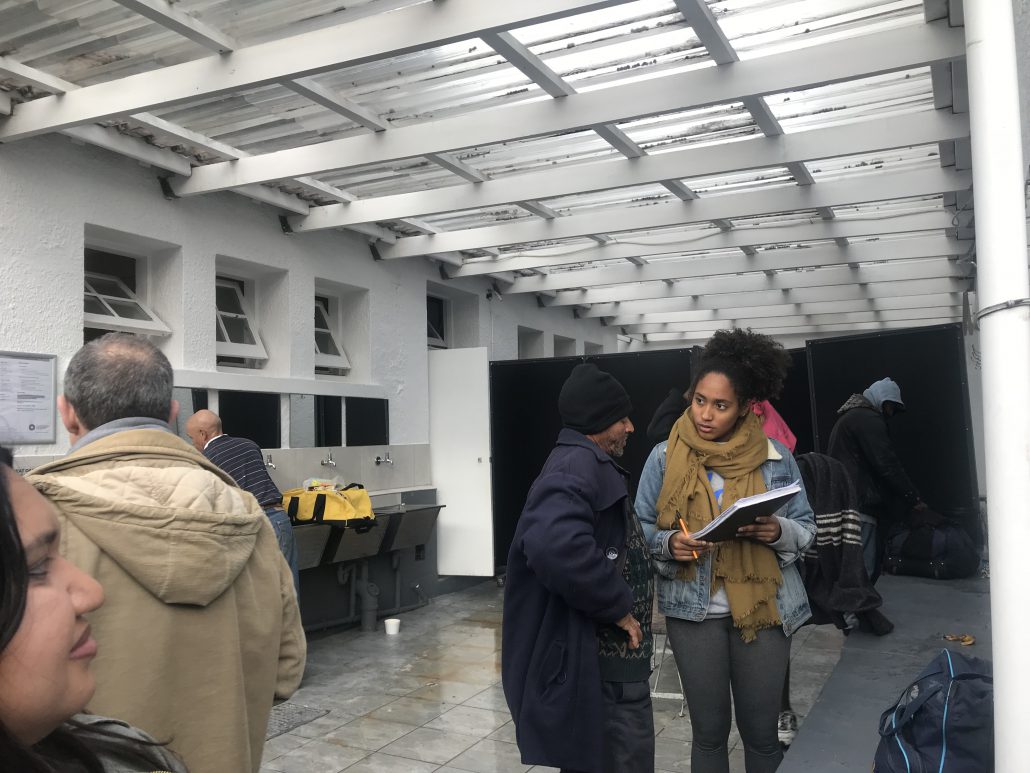

As with any new project, there are ups and downs. We handed out about 13 appointment cards, and only seven people showed up. Out of those seven, only four actually went for testing. We are currently still waiting for the results. Although our turnout was lower than expected, I still think the clinic was a success. As our time in Cape Town came to an end, we gave TCS and Ian feedback and they plan on continuing the project in the future, with adjustments made here and there. In a country with an extremely high HIV rate, initiatives like this could be what save many people from premature illnesses and death, and it is because of this, that I look at the project with hope. Furthermore, getting to speak with locals at TCS and collaborate with other UC students on this new and ambitious clinic, was an immersive experience that taught me a lot about Capetonians and myself, and I am all the more grateful for it.
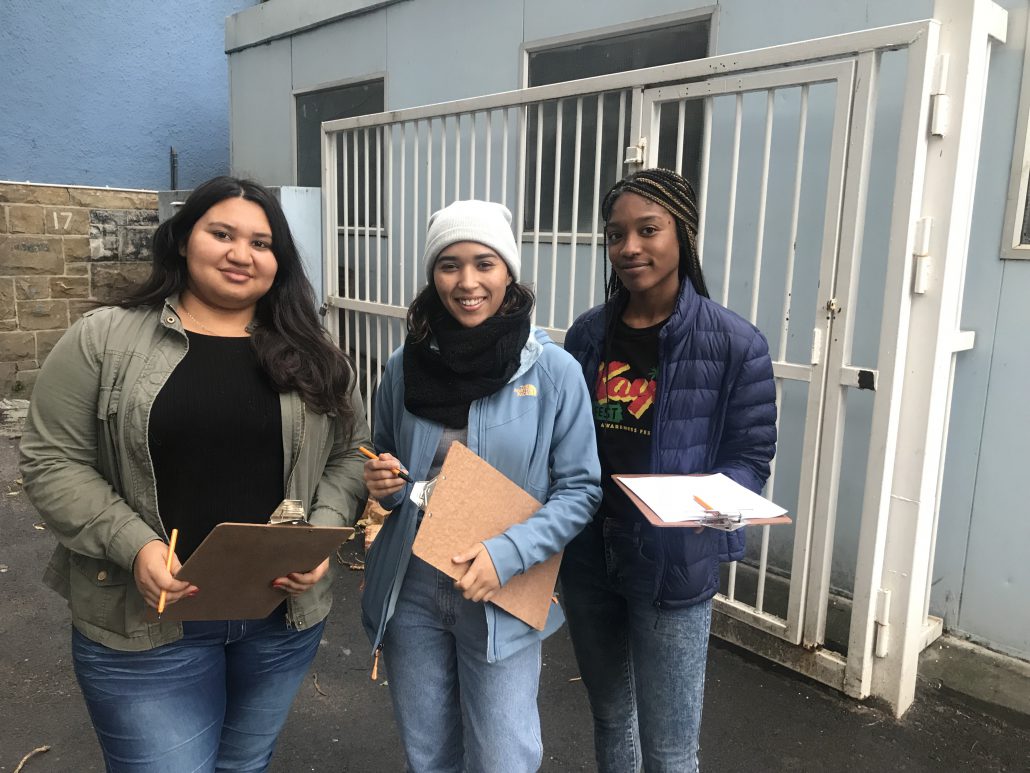
Kelli Hamilton studied abroad in Cape Town, South Africa in 2018: http://eap.ucop.edu/OurPrograms/south_africa/Pages/univ_of_cape_town.aspx


